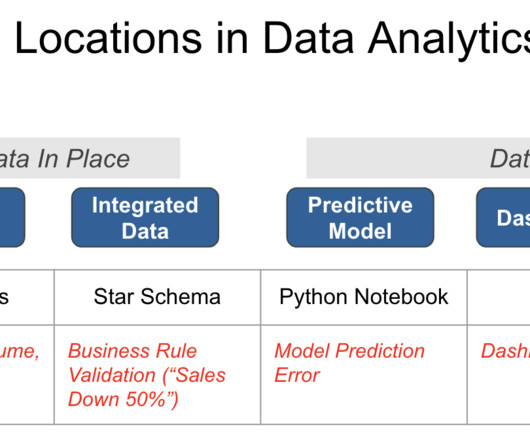Data Validation Testing: Techniques, Examples, & Tools
Monte Carlo
AUGUST 8, 2023
The Definitive Guide to Data Validation Testing Data validation testing ensures your data maintains its quality and integrity as it is transformed and moved from its source to its target destination. It’s also important to understand the limitations of data validation testing.











Let's personalize your content